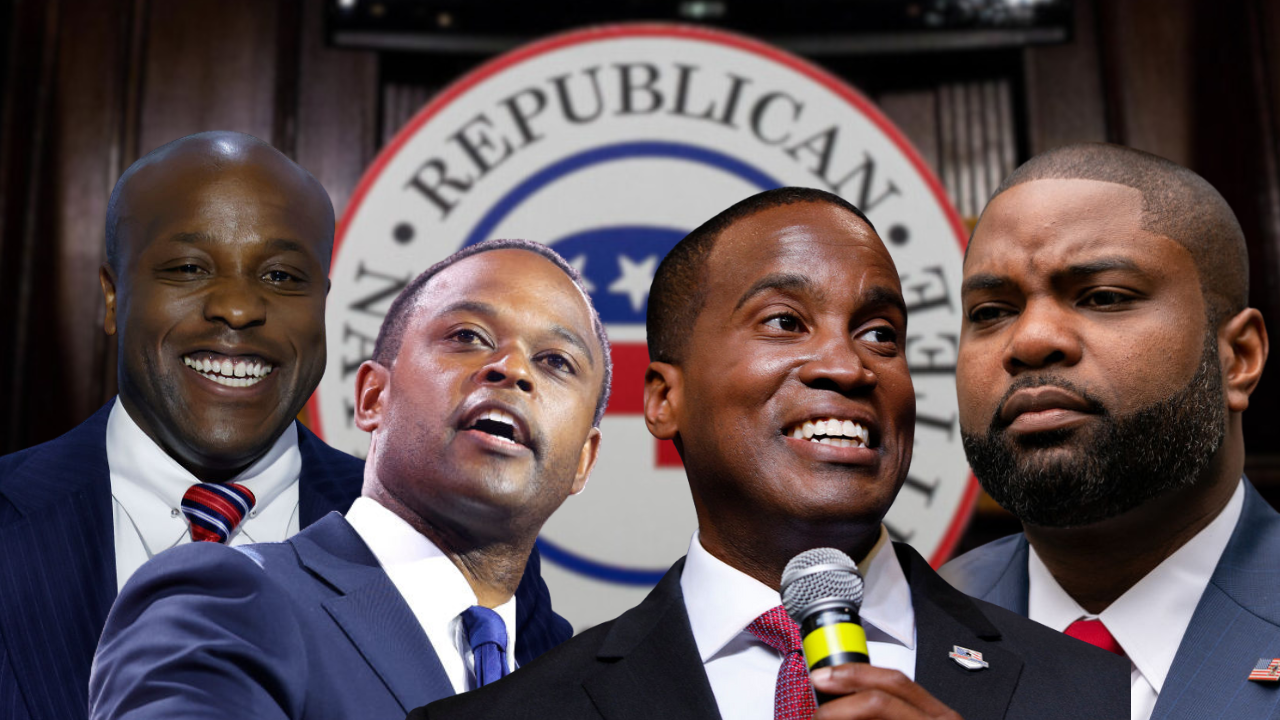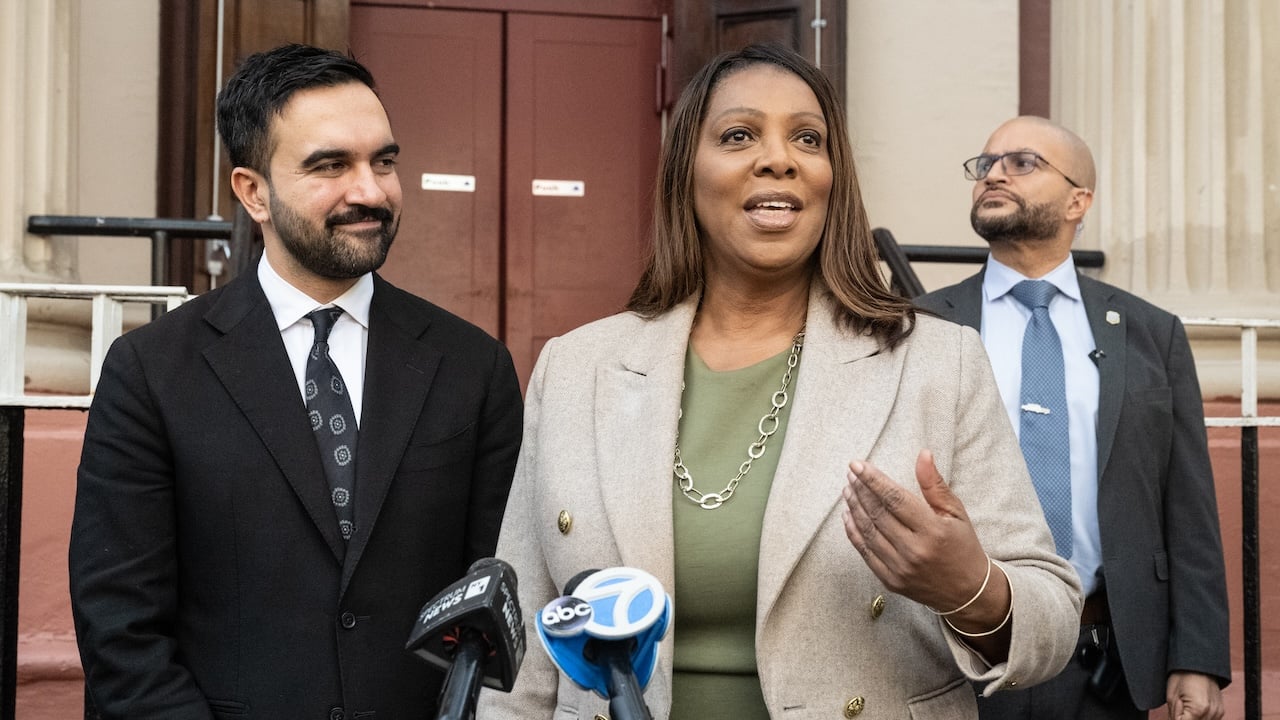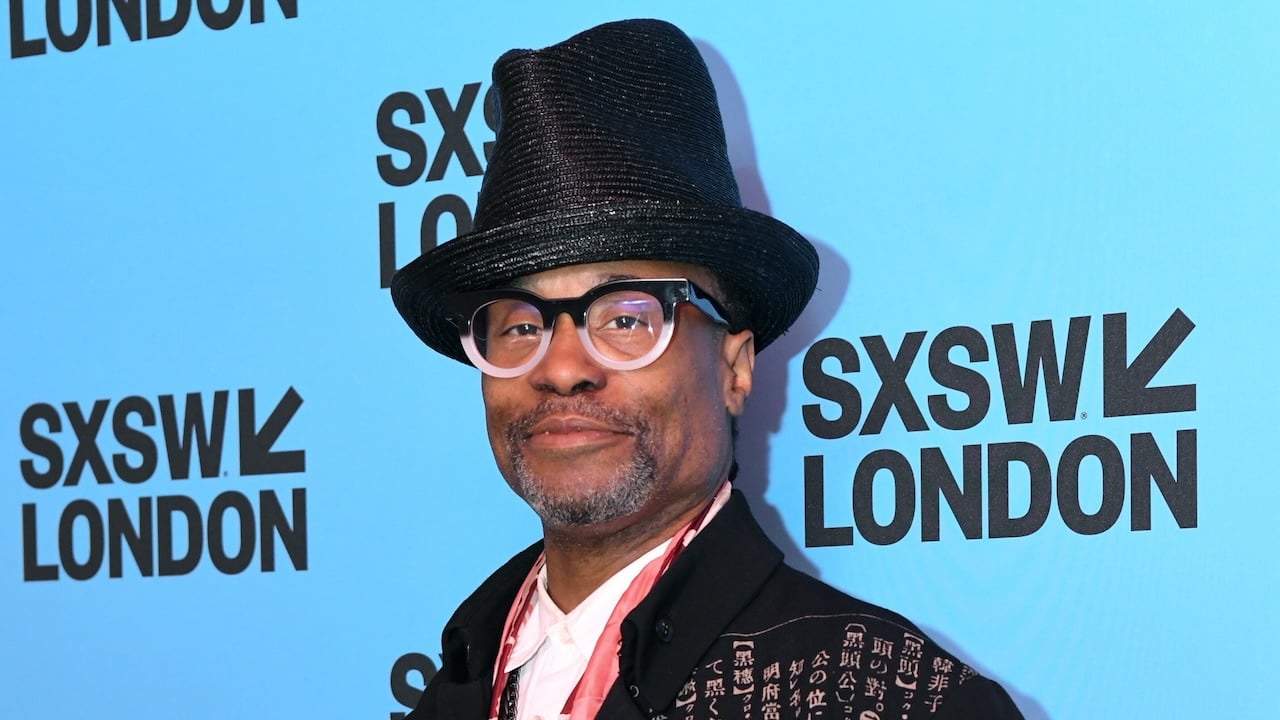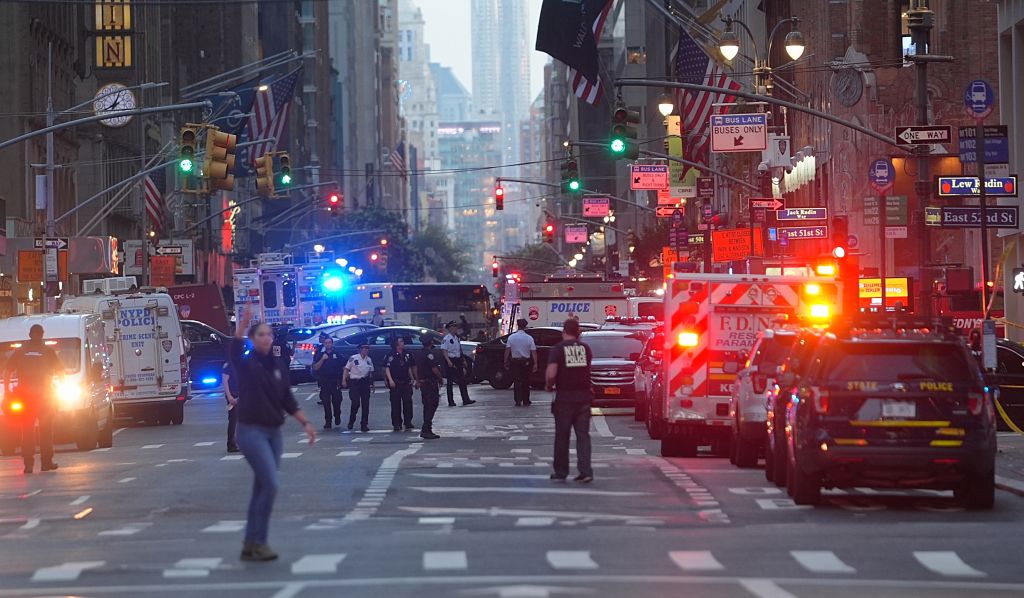All Cap No Proof: DHS Claims ICE Agents Are Under Attack, But Evidence Shows Otherwise


The outright rebuke of federal overreach was finally on full display after a Washington, D.C., jury swiftly acquitted Sidney Lori Reid, an anti-ICE protester accused of assaulting an FBI agent during an Immigration and Customs Enforcement (ICE) arrest outside the D.C. Jail.
On Thursday, the jury reached the verdict in less than two hours, igniting a broader debate over the Department of Homeland Security’s (DHS) ongoing narrative that its agents are “under attack,” despite mounting evidence that they are often the aggressors.
The three-day trial revealed not only deep prosecutorial missteps, but also the public’s growing distrust of federal law enforcement — particularly agencies like ICE that have repeatedly faced accusations of excessive force, misconduct, and retaliation against civilians exercising their First Amendment rights.
Reid’s arrest stems from a July incident when she filmed ICE agents waiting to detain two individuals outside the jail, leading to the violent encounter. Surveillance video presented at trial showed ICE Officer Vincent Liang grabbing Reid’s arms before pinning her against a wall. FBI Agent Eugenia Bates is then seen joining the process, escalating the encounter.
Prosecutors argued that a jerking motion Reid made with her knee near Bates’s groin was the “simple assault” that led to the aggressive actions, despite no physical contact. Reid’s attorneys argue the movement of her knee was reactionary and didn’t, in any way, constitute an assault on the officer, who was not injured.
Assistant U.S. Attorney Travis Wolfe attempted to walk the fine line of recognizing the rights to free speech, to film and protest the federal officers as they detained non-citizens, but he also suggested that the ICE agents had “no choice” in the matter, telling jurors that “all that’s required is a threat,” and claiming that Reid’s knee movement was “offensive touching.” But defense attorneys Tezira Abe and Eugene Ohm dismantled that narrative, arguing the movement was a natural reaction to aggression.
“Ms. Reid was arrested because she stuck her head out,” Ohm said during opening remarks. “And they wanted to pound it back in.”
Ohm added that one of the FBI officers involved in the incident later texted a colleague, calling Reid a “libtard,” noting that officers told her during the arrest that she should “have just minded your business” and later made light of the alleged assault, saying they were “boo-boos.”
Despite the lack of evidence, the government pursued the misdemeanor charge after three separate grand juries refused to indict Reid on a felony count.
“You should be livid that the government brought this case,” Abe told jurors in closing arguments, calling the officers a “goon squad” that believed themselves above the law.
From the outset, the trial was riddled with evidentiary failures that called into question the government’s credibility. Surveillance footage that prosecutors previously claimed was “inoperable” mysteriously surfaced the night before trial. Judge Sparkle Sooknanan expressed frustration with repeated missteps, accusing prosecutors of playing “games” in her courtroom.
“These are games,” Sooknanan said to Assistant U.S. Attorney Travis Wolfe on Wednesday morning. “We have all been together preparing for this trial for weeks, and now we’re in the middle of trial, figuring this out.”
Those games came to a head when the defense discovered a missing text message from Agent Bates during cross-examination, which was handed over mid-trial. The texts, which Bates sent to another ICE agent after the incident, painted a very different picture than her testimony.
After a series of messages reflecting Bates’ view of the incident and political bias, another showed her congratulating an ICE officer for “jumping into action,” writing, “Your cop side was showing.”
The missing message, revealed through defense questioning, read, “I agree. Everyone is scared to react. So much respect!”
“That seems to be a common theme with all your witnesses,” Judge Sooknanan scolded Assistant U.S. Attorney Wolfe. “Did they lie, or did they continuously make mistakes?”
The prosecution’s credibility collapsed further after video evidence contradicted another officer’s account of the incident, in which he painted Reid as the aggressor. Officer Liang, who had previously told a grand jury that Reid “made first contact,” was not called to testify.
The case also revealed a seismic shift in how everyday Americans view federal officers. During jury selection, several DC residents expressed outright distrust of ICE and federal law enforcement, with many disqualifying themselves by sharing their own negative bias towards agents and their conduct.
“I have very bad views of them,” one potential juror said tearfully. “My cousin and my aunt were taken from me.” Another added, “Honestly, I don’t trust the government like I used to.”
That distrust mirrors a broader public sentiment — one DHS continues to ignore. While the department insists its agents face increasing danger, video after video and firsthand accounts show agents acting as aggressors — particularly against protestors and immigrants. The Reid case is just the latest example of federal agencies attempting to weaponize the courts to suppress dissent.
In the end, the jury’s quick acquittal was a stinging rebuke to the government’s claim of victimization.
Judge Sooknanan, who thanked jurors for their “extraordinary patience,” acknowledged the heavy scrutiny the case faced after grand juries declined three times to indict Reid on a felony count of assaulting a federal officer back in August. Despite the grand jury declining to pursue felony charges, U.S. Attorney Jeanine Pirro’s office chose to continue the political persecution by moving forward with a misdemeanor version of the offense, making it the first time a defendant has been charged federally in DC with misdemeanor assault on a federal officer, according to Judge Sooknanan.
According to defense attorney Eugene Ohm, prosecutors likely pursued the charge to avoid the embarrassment of dropping a baseless case after Liang’s false testimony. “They overplayed their hand on this one,” Abe said.
The trial’s outcome exposes the point that many critics have long argued: DHS is lying, and ICE is not under siege.
Instead, they are manufacturing a myth of martyrdom to mask systemic abuse and overreach. As jurors, witnesses, and even judges continue to see through the illusion, the truth is becoming undeniable that the real threat isn’t to federal agents — it’s from them.
SEE ALSO:
ICE Agents Claim Assaults Are Reasons For Masks, But That’s A Lie
ICE Agent Relieved Of Duties For Shoving Woman To The Ground
The Supreme Court Rules ICE Can Engage In Racial Profiling
NYC Mayoral Candidate Brad Lander Arrested By ICE Agents
Kilmar Abrego Garcia Released Friday, Arrested Again By ICE Monday
What's Your Reaction?
 Like
0
Like
0
 Dislike
0
Dislike
0
 Love
0
Love
0
 Funny
0
Funny
0
 Angry
0
Angry
0
 Sad
0
Sad
0
 Wow
0
Wow
0





























